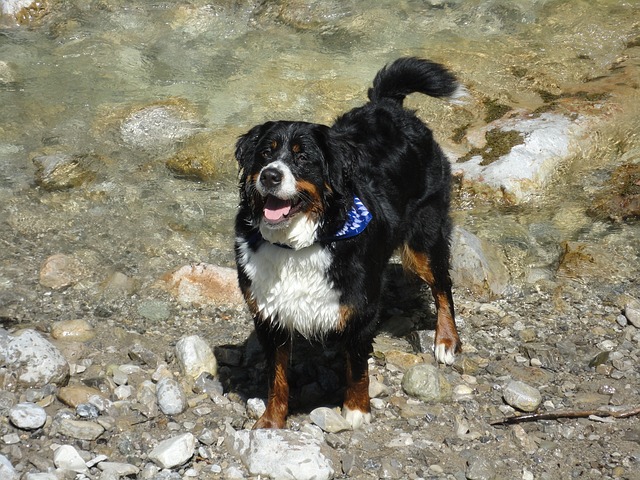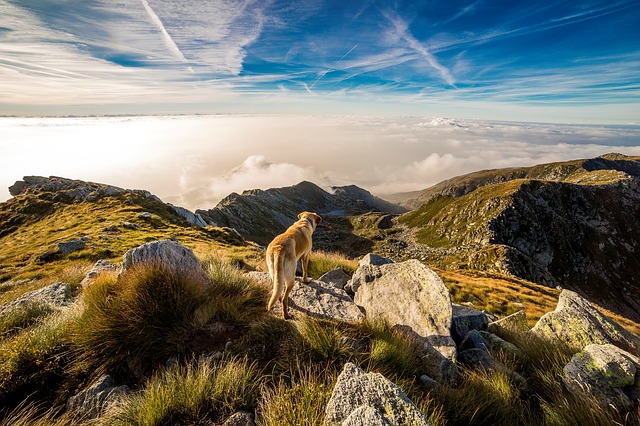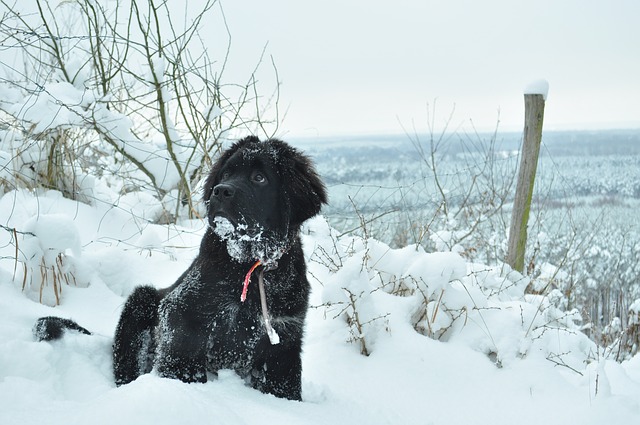You see them every day, and perhaps haven’t given them much thought–but what’s up with your dog’s paws? For starters, there are all sorts of different types: big and small, webbed, wide, and dainty, and there’s reasons behind why certain traits belong to certain breeds.
Here’s a baker’s dozen of fun facts about your dog’s furry feet, ranging from why they don’t need shoes (usually) to the source of that corn chip smell. High-fours to learning!
1. The pads of your dog’s paw are largely made up of fatty tissue, which is why their feet don’t get cold when they’re prancing through the snow!
2. This padding also protects them while venturing on warmer ground and rugged landscapes.

3 . However, those pawsies can get burned and blister on hot surfaces (like hot summer pavement), or can get irritated or burned from rock salt and other chemicals on the ground. Their paws may be durable, but make sure to mind where your dog is stepping! (And yes, dog booties are a thing.)
4. There are sweat glands on a dog’s paw.

5. And they carry the majority of their weight in their toes (as opposed to their heels).

6. You know that little random claw that hangs a few inches above the rest of your dog’s foot? That’s called a dew claw, and it’s thought to be the remnant of what used to be a thumb. Fun fact: Not all dogs have them.

7. Today, dogs can use their dew claws to help keep things like bones and toys in their grasp as they gnaw. (Note: don’t let your dog chew on a splintered stick like this!)

8. And some dogs still actively use their dew claws when navigating choppy, mountainous landscapes.

9. Certain dogs that were bred for cold climates, like St. Bernards and Newfoundlands, have wide, sprawling paws to give them a better grip on snow and ice.

10. And some breeds, like Akitas, Dobermans, and Greyhounds, have “cat feet,” which are smaller with higher arches. This enables them to excel with endurance because their paws are so light.
11. Natural-born swimmers have webbed feet, like Newfoundlands and Labrador Retrievers.
12. FYI: If your dog starts excessively licking or gnawing at his or her paws, it could be a sign of anxiety. The chewing could lead to open sores and infection, so make sure to get your vet involved!
TRENDING: 85 Percent of Dogs Over 3 Suffer from This Disease. Is Yours One of Them?
13. You know that corn chip smell on your dog’s feet? That’s from bacteria that grows on their paws. But don’t worry, it’s totally normal.
(*Paws* for reaction…)
